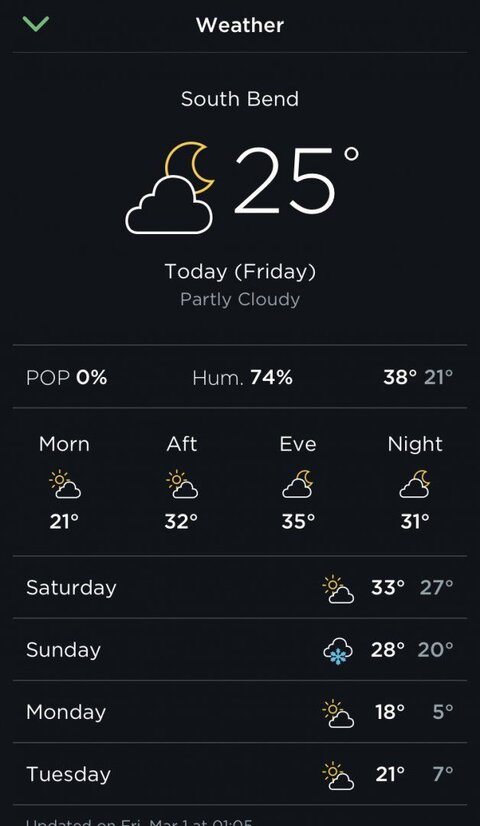You can configure the ecobee to ignore the temperature at the main thermostat and rely solely on the remote bee(s). I thought about doing that with mine since the main unit is in our dining room and it gets the evening sun. It's better than when the thermostat was in the living room on the east side of the house as it was catching the full morning sun, resulting in a situation similar to what you're experiencing. Fortunately, I had basement access to the wall where I moved the thermostat to so it was an easy job. I left the old thermostat wire in the wall since the ceiling was finished in that section of the basement.
With more sensors your house should become more comfortable than relying on the one location over the electronics.
Thank you that's what I needed to know. This would be the new Ecobee 4 true or both. Since we rearranged the TV has been causing fits with keeping house stable.





